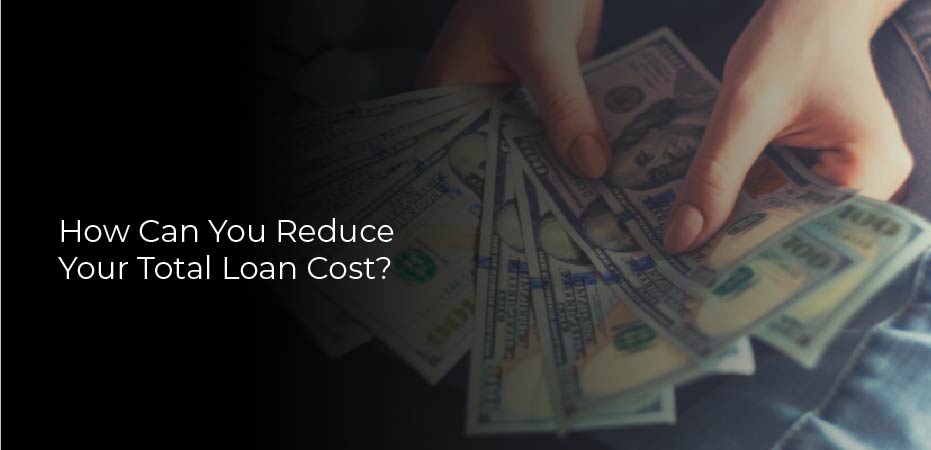How Can You Reduce Your Total Loan Cost? When you take out a loan, you’re not just borrowing money—you’re also taking on a number of associated costs. Here’s a peek at some of the most common ones:
Interest: This is the amount of money you’ll pay to borrow the money in the first place. It’s typically expressed as an annual percentage rate (APR).
Fees: Many lenders charge various fees, such as origination fees, application fees, and late payment fees. These can add up quickly, so it’s important to be aware of them before you take out a loan.
Principal: The principal is the original amount of money that was borrowed. It accrues interest over time, so it can end up being much more expensive than the original sum.
How Can You Reduce Your Total Loan Cost?
When you’re looking for a new loan, the interest rate is always a major factor in your decision. But there are further costs to consider, as well. Here are four ways to reduce your total loan cost:
- Shop around for the best interest rate. Don’t just go with the first lender you find – compare rates from several different sources to get the best deal.
- Pay down your existing debt. This will reduce the amount you need to borrow, and it will also lower your monthly payment amount.
- Choose a shorter loan term. The longer the term of your loan, the more interest you’ll pay in total. Opt for a shorter-term whenever possible.
- Make extra payments whenever you can. This will decrease the amount of interest you pay over the life of your loan.
Switch from fixed-rate to variable-rate loans
- When it comes to mortgages, there are two main kinds of interest rates: fixed and variable.
- With a fixed rate, your monthly payment will stay the same for the entire term of the loan.
- A variable rate, on the other hand, will change month-to-month based on the market interest rate.
- So which is better? That depends on your personal situation.
- If you’re someone who likes stability and predictability in their life, then a fixed rate may be a better option for you.
- But if you’re willing to take on a little more risk and are comfortable with the idea of your mortgage payment changing each month, then a variable rate could be a good choice.
Prepayments Reduce Loan Burden
It is no secret that student loan debt has reached epidemic proportions in the United States. According to Student Loan Hero, Americans owe a collective $1.5 trillion in student loans. The average graduate leaves college with more than $37,000 in debt.
While there are many ways to tackle this debt, one option that can help reduce the burden is a full or partial prepayment of your loans. Here’s how it works:
If you have multiple student loans, you can pay off one loan completely or partially by sending a lump sum payment to your lender. This will reduce the principal balance of your loan and also lower your monthly payments going forward.
Alternatively, you can make extra monthly payments on your loan, which will also reduce the principal balance and shorten the repayment term. Either way, you’ll save money on interest charges and pay off your loan sooner.
Prioritize Payment of Loans With The Bombed Interest
When you have multiple loans to pay, it can be tempting to just focus on the lower interest rate loans and forget about the others. However, if you have multiple loans with different interest rates, it’s important to prioritize the loan payments with the highest interest rates. This will save you money in the long run and help you avoid costly penalties and fees.
If you have a loan with a high-interest rate, make sure to allocate enough money each month to cover that payment. If you don’t, you could end up paying more in interest over time. And if you fall behind on your payments, the interest rate on your loan will probably increase, which will only add more money to your total bill.
It’s also important to keep an eye on your credit score.



